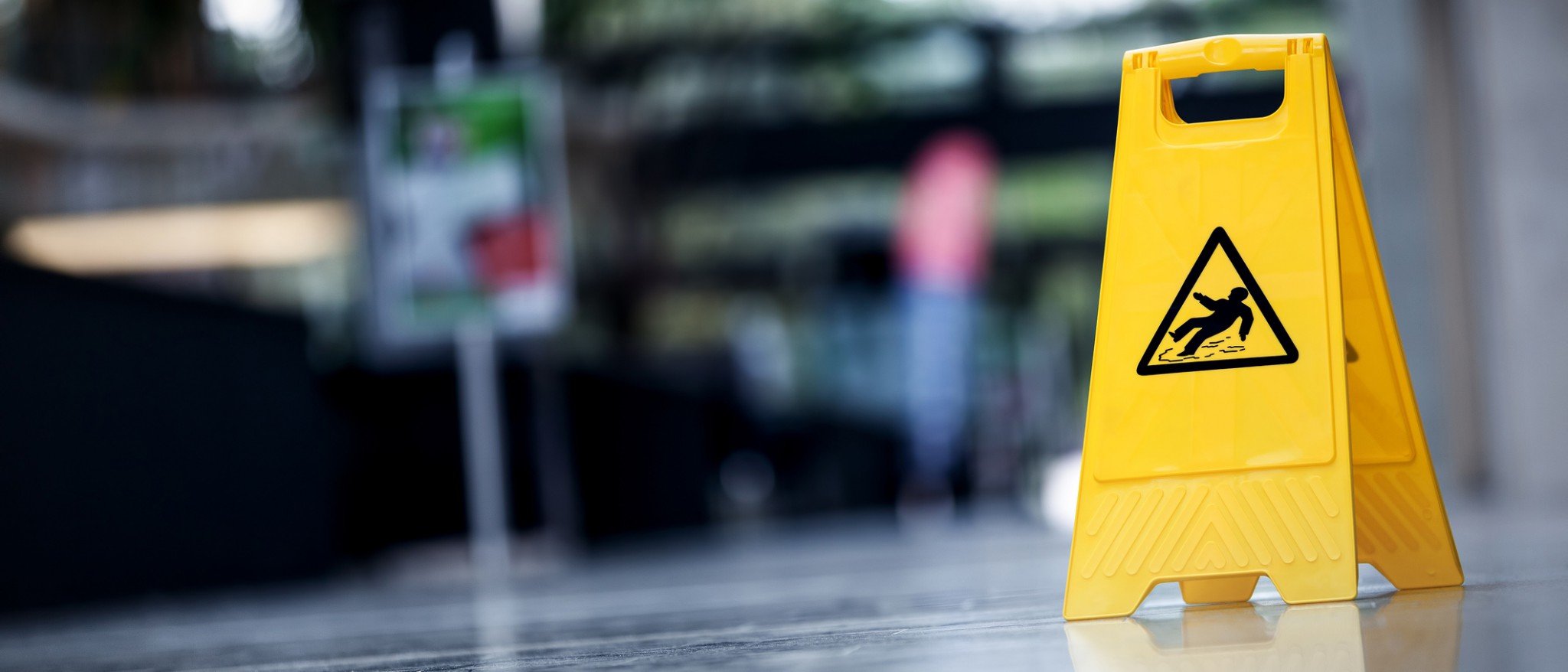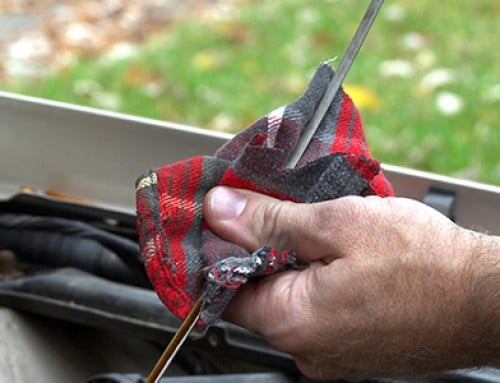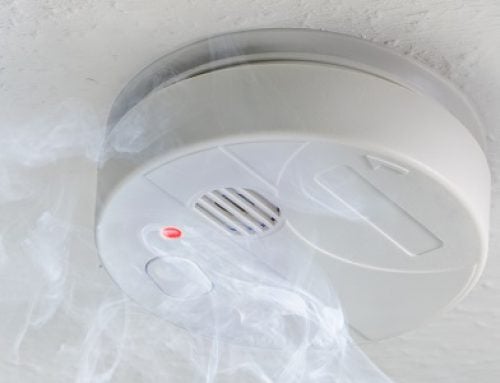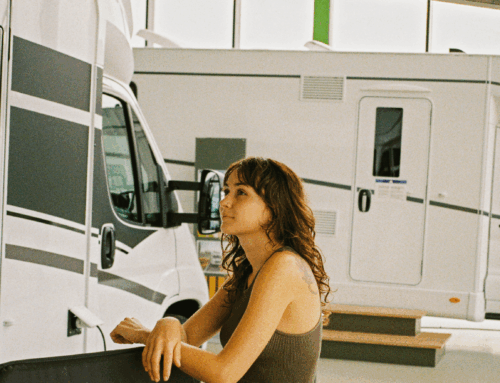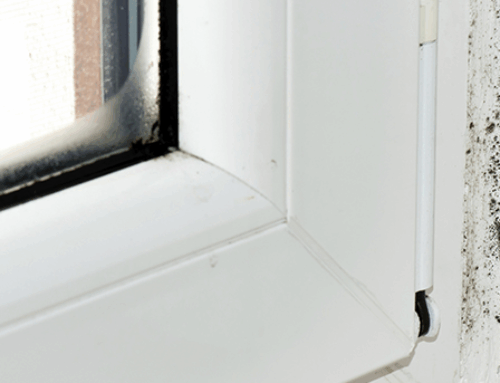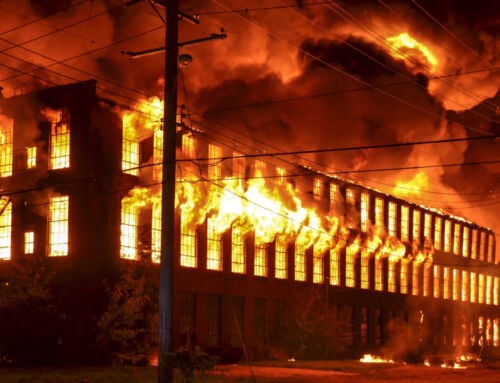When customers fall at your business, they could do more than just injure themselves. It could hurt your company too. Lawsuits stemming from bodily injury events like slips, trips, and falls are common amongst business owners and something you need to be prepared for.
After all, a 2015 report on the cost of injuries in Canada from Parachute, a national charitable organization, found that preventable accidents are one of the leading causes of injuries in Canada. Every hour, 427 people in Canada suffer a preventable injury as a result of a fall, a motor vehicle crash, a fire, poisoning, drowning, or other activities. And according to Workplace Safety & Prevention Services, in 2016, 11,495 lost-time injury claims in Ontario resulted from falls, which is the equivalent of 31 workers being injured every day because of a fall.
In 2016, 11,495 lost-time injury claims in Ontario resulted from falls. That’s the equivalent of 31 workers being injured every day because of a fall.
In the face of these unfortunate odds, here are a few tips to help prevent slips, trips, and falls at your business.
Watch out for water
Water is one of the biggest culprits behind slips and falls. And some businesses have certain areas where water is more likely to accumulate, including a grocery store’s produce section, floral department, and ice case, or any business’ restrooms and entrances. All of these areas can become wet (and therefore slippery) through normal, everyday use. Here are a few things you can do to help prevent accidents:
- Fill these areas with non-slip tile and skid-resistant mats, where possible.
- Have an employee regularly check these water-prone areas so that they can clean up any pooled water quickly.
- Use “wet floor” signs when needed.
During the winter, water can be especially troublesome as it freezes. Let’s face it: Canada is cold. There’s nothing you can do to change that. But you can help protect yourself against ice-related falls by employing some of the following strategies:
- Check the parking lot and entrances for ice regularly, and use salt or other methods to clear paths for customers.
- Constantly monitor the parking lot and pathways for snow, water and slush.
- Redirect any downspouts that drain water onto parking lots or walkways, as that can cause ice to build up in high-traffic areas during the winter.
- Ensure all emergency exits and exterior stairs are free of snow and obstruction. This includes pathways leading to established gathering points in case of an emergency evacuation of the building.
Make sure paths are clear and bright
- Provide adequate lighting where patrons walk, especially in areas outside where they may be walking at night.
- Make sure floors, aisles, and exits are clean, dry, and free of clutter.
- Ensure no table legs or other sections from shelves, walls, tables, etc. protrude into walkways or paths.
- Replace or repair any tiles or carpet that are missing or not firmly in place.
- Walkways with uneven surfaces and tripping hazards should be clearly marked and repaired as soon as possible.
Practice safe merchandise placement
- Don’t stack merchandise in a manner that makes it likely to be knocked over, broken, or spilled.
- Avoid placing fragile or heavy items too high.
- Make sure shelf heights accommodate an average person’s height while stacking or reaching for items.
Perform regular routines
- Inspect and replace all floor mats at regular intervals.
- At least one employee per shift should regularly inspect shelves and displays for broken or spilled merchandise.
- The parking lot should be inspected regularly for potholes, uneven surfaces, cracks, and other debris. Any areas of concern should be dealt with as soon as possible, and until they’re fixed, they should be clearly marked so customers are aware of them.
- Any stairways on the premises should be checked to make sure that walking surfaces and handrails are in good condition and slip-resistant.
- Try to schedule cleaning for after closing, or during low-traffic times. While cleaning the floors of your business is important, a freshly mopped floor (even with a “wet floor” sign) can be dangerous for customers.
- Make sure to keep a log book, documenting all maintenance activities (e.g. sanding or salting the parking lot). Maintaining logs of these activities is critical to support the activities in the event of a claim. It also serves to help employees behave as procedure dictates.
But if something should go wrong…
Having a response plan in place is key. An Accident Report Form should be available on site and be completed by the claimant and any available witnesses to detail what happened. Photos should also be taken of the location of the fall and of the footwear the claimant was wearing that day. Despite every precaution you may take, someone could still slip, trip, and fall on your property. Because of that, it’s important to have the right insurance policy to protect you. If a third party is injured, commercial general liability (CGL) insurance is a must. Visit our CGL insurance page to learn more!
This blog is provided for information only and is not a substitute for professional advice. We make no representations or warranties regarding the accuracy or completeness of the information and will not be responsible for any loss arising out of reliance on the information.
